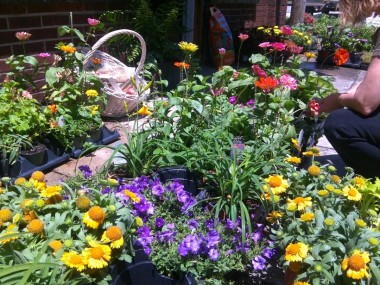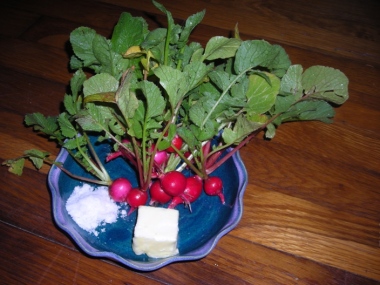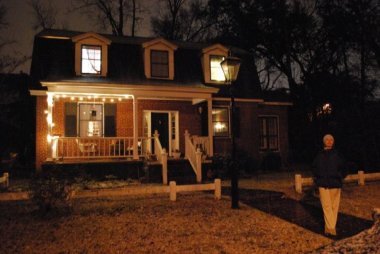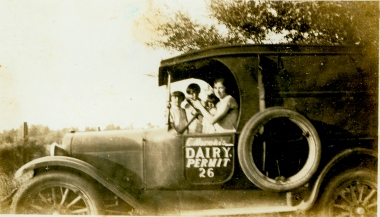The quick takeover of Ft. Pulaski outside of Savannah by Union forces in 1862 was the first-ever surrender of a fort due to the use of rifled cannon. The new technology greatly enhanced the muzzle velocity, and hence the penetrating power, of artillery, and literally overnight made classic masonry fortresses like Ft. Pulaski — once considered the most advanced fortress in the world — instantly obsolete.
(Sophisticated earthworks, however, would prove much more resilient to artillery and later to aircraft-delivered bombs, and remained a major feature of warfare through World War II. You can see examples of earthworks added to Ft. Pulaski between the old brick fort and the Visitors Center.)
Much less known than the Confederate surrender of Ft. Pulaski is the earlier Federal surrender of the fort on Jan. 3, 1861, to 134 troops of the Georgia militia. While the Civil War itself wouldn’t start until April of that year with the firing on Ft. Sumter in Charleston Harbor, that so-called “Secession Winter” was full of activity — not only by Southern states responding to the previous November’s election of Abraham Lincoln by formally leaving the union, but, as in the case of Ft. Pulaski, seizing Federal military facilities when they could.
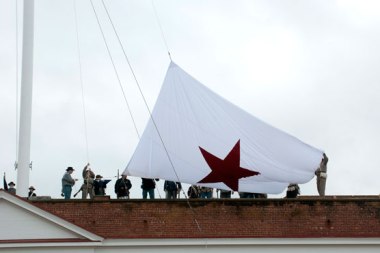
National Park Service pic of a replica Secession Banner being raised over Ft. Pulaski during a recent reenactment
Contrary to popular opinion, the familiar Confederate battle flag, often incorrectly called the “Stars and Bars,” was far from the first Confederate banner. In fact, during that Secession Winter the most prevalent flags were the various Secession banners of the states, usually incorporating a single red star.
As I write in my recently updated guidebook Moon South Carolina, you can find an excellent collection of Secession banners and other Confederate unit flags at the little South Carolina Confederate Relic Room and Military Museum, right next to the enormous and comprehensive South Carolina State Museum in Columbia, S.C.




